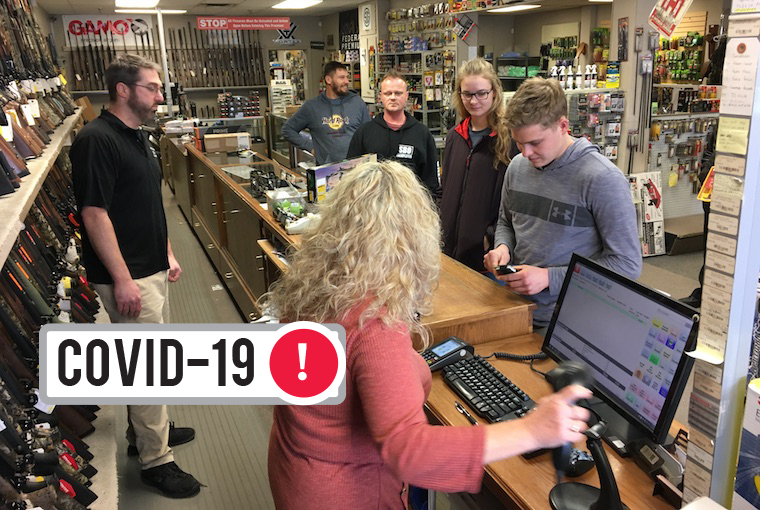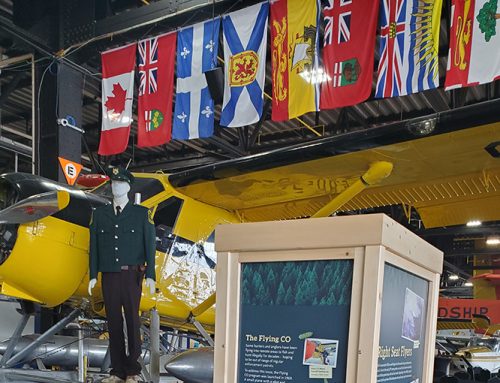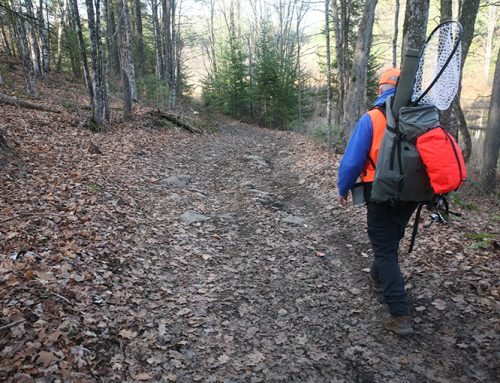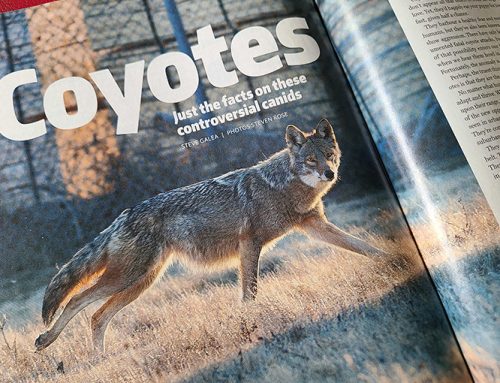
Firearms and ammunition sales rallied in the early days of the COVID-19 pandemic, fuelled by a variety of factors.
“While it varies region to region, we are seeing about a 230% increase in year over year in firearms and ammunition,” said Alison de Groot, managing director with the Canadian Sporting Arms and Ammunition Association, after the organization surveyed its members in mid-March.
One smaller Ontario retailer reported a 900% increase in sales – but de Groote noted this is generally a slow time of the year. Another dealer was reporting $80,000 per day in ammunition sales.
Wes Winkel, owner of Ellwood Epps in Orillia, reported a 250% increase in sales over this time last year. Sales have either been made online or via drive-through for pre-paid items. Shotgun shells and .22 rimfire have been the biggest-selling items.
Several factors cited
Alison de Groot attributed the spike in sales to several factors, including stories from the United States about an increase in sales causing a concern the supply chain will dry up and the Canadian dollar falling will push prices up.
A small percentage of this is also driven by the “prepper focusing on hunkering down,” she said. An increase is also being seen in rimfire ammunition sales, as people are also out plinking.
In Simcoe, Eli’s Guns & Archery owner Dan Nagy saw a 50% increase in March sales, most of it from more ammunition and guns going out the door in the first two weeks. He is still open by phone and is practicing contactless deliveries to customers in the parking lot.
Wayne Goble, owner of Goble’s Firearms in London, said he also had a busy run the last five to six days before he temporarily closed on March 17.
Mounting concerns
The concern de Groot has is what the impact could be on the supply chain going forward.
“Retailers are currently stocked with ammunition they need for fall hunting season,” she said.
“There will be no restocking for fall, it will be a nightmare,” Winkel said, adding even domestic ammunition manufacturers depend on primers from offshore sources.
Nagy also had fears of what was to come.
“When things get back to normal, the States will be grabbing everything up,” he said. “We’ll get our stuff when the market from the US is satisfied.”
Added to this, de Groot said there is an excessive amount of paperwork to bring ammunition into Canada that takes time to process. With reduced government staff levels due to the virus, dealers are concerned this could take even longer.
Manufacturers’ views
The concern about the shortage wasn’t entirely shared entirely by manufacturers, or at least at this point.
“What we have now is intended to be sold now,” said Adam Patterson, marketing manager for the Korth Group, which is the Canadian distributor for Hornady, Eley, Ruger, Kimber and other firearms manufacturers.
Although he didn’t foresee a problem replacing ammunition through the season, he said if the United Sates uses its supply, it could become difficult to get ammunition to Canada. He also acknowledged the exchange rate could drive prices up.
A source with Vista International, Federal Premium’s parent company, said there has been a spike in sales, particularly in competition calibers. It is believed this is being driven by concern of price spikes for those who use more ammunition.
“We’re not in danger as far as we can see right now for not restocking,” the source said, adding this was especially true with hunting calibers.
Remington importer Gravel Agency also reported increased sales.
“The ammunition factory remains open and is currently producing as much as they can to meet the demand,” said Denise Sondjo, Gravel sales director. “Remington has always treated their northern allies appropriately and are still shipping everything they can to our country.”






Please keep me updated on any changes or shortages on Ammo or Guns and Laws
Cfo in Ontario at least not doing any transfers of hand guns at present time either. Got an email from them the other day saying they are only dealing with transport authority if someone is changing address.